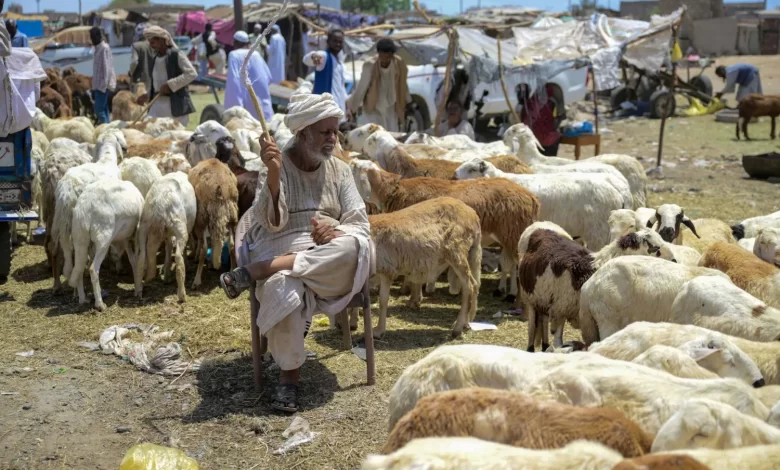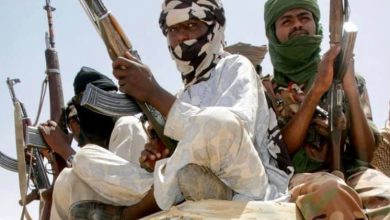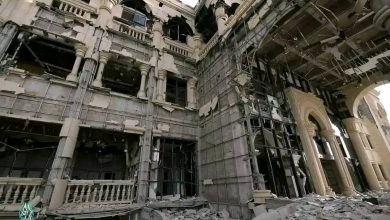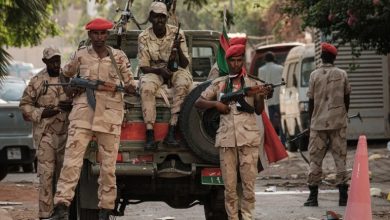On the Third Eid of the War… Are Sudanese People the Sacrificers or the Sacrificed?

Sudan Events – Agencies
The war in Sudan, along with the accompanying economic and living devastation, has deprived people of Eid al-Adha sheep. Some even say they have become the sacrifice themselves, not the ones offering it. A volunteer working with the “communal kitchens” in the city of El Fasher, the capital of North Darfur State, summed up the situation of the city and its residents as they prepare to welcome this year’s Eid al-Adha by saying: “An exaggerated rise in sheep prices in El Fasher,” a city that has been under a tight siege by the Rapid Support Forces (RSF) for nearly a year.
Activist Mohy Al-Din Shawqar, who launched this “cry” on Facebook, is one of the organizers of the communal kitchens, known locally as “takayas,” which provide food to people during the war and blockade. The majority of the population in conflict or besieged areas, like El Fasher, rely on them, as the long siege has driven the city to the brink of famine.
The activist’s outcry did not include specific sheep prices, but followers commented that prices range from 400,000 to one million Sudanese pounds. Compared to current income levels, most people cannot afford to perform the ritual sacrifice.
Millions of families are living in poverty or displacement, whether in shelters or as refugees. For them, buying a sacrificial sheep is no longer a priority. Fatima, a resident of Wad Madani in Al Jazirah State in central Sudan, said her family cannot afford a sheep: “If we manage to get some money, we’ll just buy a bit of meat from the butcher to make the children happy.” In Sudan, the Eid sacrifice is not just a religious ritual—it also has a deep social meaning.
The Price of Three Sheep
According to World Bank data, the average per capita GDP in Sudan is about $1,145 per year. At current market rates, this is equivalent to the price of three sheep, or about 3 million Sudanese pounds on the parallel exchange market.
Due to the ongoing war, now entering its third Eid al-Adha, annual incomes have dropped to below $500. Most people have lost their sources of income. The government pays only about 60% of salaries to public employees, and in areas outside Sudanese army control, salary payments have completely stopped.
In Atbara, northern Sudan, sheep prices range from 600,000 to 750,000 pounds (roughly $300). In Tamboul, in central Sudan, prices vary between 450,000 and 650,000 pounds. Due to skyrocketing prices, widespread loss of income, and the large number of displaced people, demand for sacrificial sheep is at its lowest, especially in Darfur and Kordofan. As one resident put it, “People have become victims without a sacrifice.”
Before the war in 2023, Eid sheep prices ranged from 40,000 to 150,000 pounds—a large sum even then, given income levels.
Livestock traders blame the rising prices on the war’s effects, drought in Al Jazirah State, high transportation costs, additional fees imposed by authorities, and the suspension of sheep shipments from major production areas in Kordofan and Darfur.
It’s not just high prices that are dampening the joy of Eid for Sudanese this year. Security concerns are also a major worry for families and communities. In areas under army control—especially the capital, Khartoum—authorities have ordered people to perform Eid prayers inside mosques rather than the traditional open prayer grounds, a long-standing Sudanese tradition now disrupted by the war and replaced with new wartime practices.



